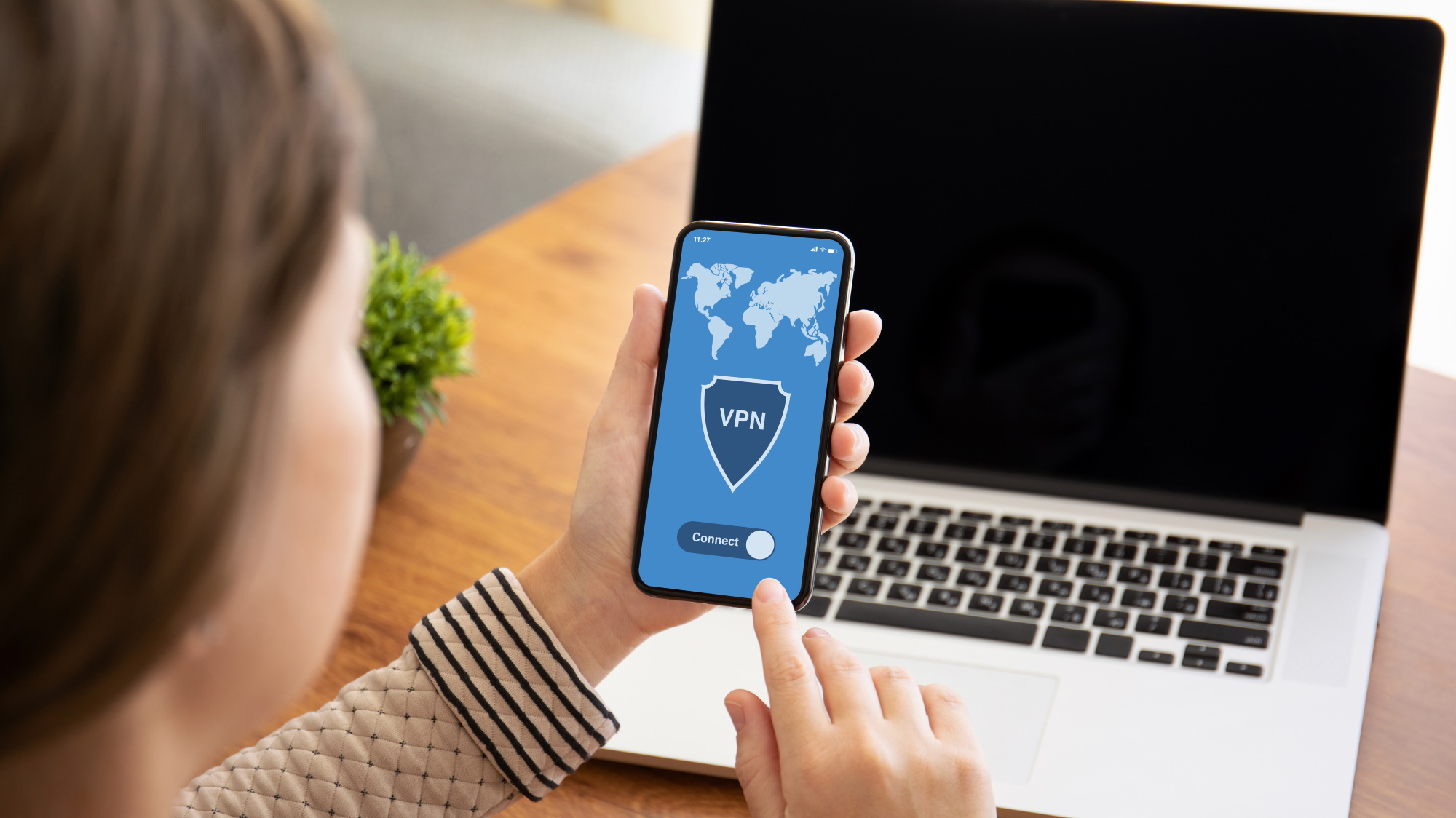With IoT technologies, hackers are always on the lookout for new ways to breach the security of your network. Unlike traditional security threats, the Internet of Things can be vulnerable to new and emerging threats. Even an inexperienced hacker can find a vulnerability and exploit it to gain access to your network. These vulnerabilities can enable an adversary to manipulate smart locks and disrupt your home’s energy system.
The Internet of Things (IoT) has a growing number of cybersecurity threats, which go well beyond data theft and network manipulation hacks. Some of the more serious IoT security threats affect human health and critical infrastructure, which can affect the lives of millions of people. Some examples include hacking smart rifles and remotely designating new targets. Drug infusion pumps can be hacked to make patients sicker or to alter their dosage. Similarly, cars can be shutting down while they’re driving, and power grids have been brought down in the past year.
IoT security concerns are becoming more serious every day. Cyber-attacks on IoT devices can affect the lives of millions of people. For example, smart rifles can be hacked to remotely designate new targets, and drug infusion pumps can be compromised to change dosage or harm patients. The technology also makes it possible to bring power grids offline. With these risks, securing your IOT devices is crucial.
Changing default passwords and encryption codes is an essential step in securing your IoT devices. You must also change your device’s firmware every two weeks. It’s important to bookmark the manufacturer’s website so that you can easily access the latest updates. You may even want to use a VPN for your IoT devices to protect them when they’re connected to a public Wi-Fi network.
One of the main reasons your IOT devices need more security is because they’re connected to the Internet. As a result, they can be vulnerable to attacks. Fortunately, there are many solutions to this problem. For instance, you can disable the remote access feature of your IOT device. If you want to prevent your IOT devices from leaking data to third parties, you can add a two-factor authentication feature.
There are several advantages to using multi-factor authentication when using IoT devices. Not only do you avoid phishing scams, you can also prevent data breaches. By keeping your IoT devices on separate WiFi networks, you can ensure your home is safe from cybercriminals. This is particularly important if you have children or sensitive data on your network. In addition, you can protect your IOT devices by ensuring that they have updated their firmware on time.
The internet of Things is an important source of security for many IoT devices. In addition to connecting to the control network, you can also connect to the internet. But with so many different types of devices, this is not always secure. In fact, the greater the risk, the more you need to ensure that they are protected from hackers. If you have a high-tech home, you should make sure that the IoT devices are connected to a VPN.
IoT devices generate lots of data. Some of this data is sensitive, like health information, so it is essential to secure them. In addition, it is important to remember that even though the data generated by IoT devices is not considered sensitive, when it is combined with other data, it can reveal patterns and habits. That’s why IoT devices need more security. A single connected toaster or light bulb can be a gateway to a vast network of other devices.
In addition to protecting your IoT devices, you should also protect your network from cybercriminals. For instance, you should use two-factor authentication to secure your accounts. Moreover, you should never connect your IOT devices to public Wi-Fi networks unless you’re sure the connection is secure. You can also protect your IOT devices from hackers by using a VPN. These VPNs are available for free, which is great news for users who don’t want to spend their money on private networks.




